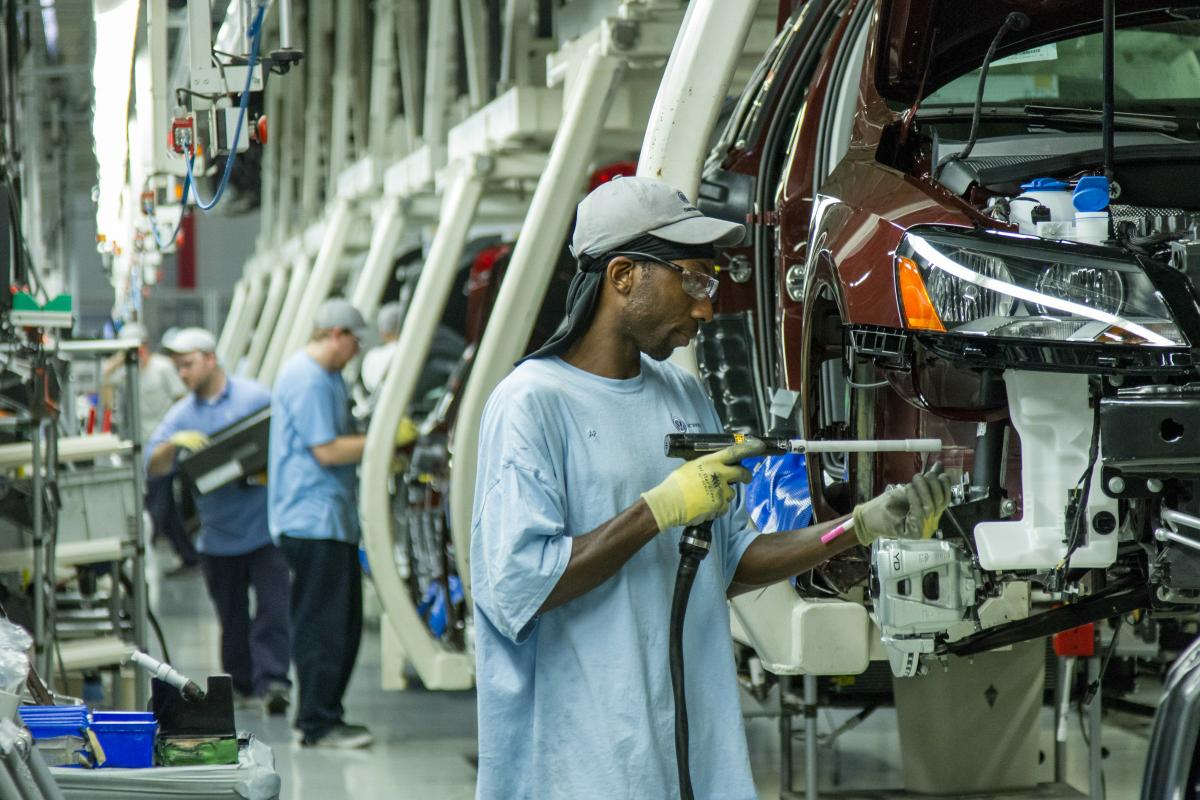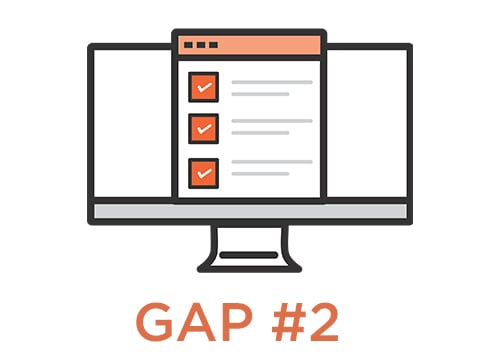Top 4 Challenges in Workplace Prevention Programs


Top 4 Challenges in Workplace Prevention — #2
By Tim Clark
Injury Prevention Programs have existed for decades. But 4 major challenges exist.
Part 2 of a 4-part series
#2 ERGONOMIC ASSESSMENTS LACK FOLLOW-THROUGH, MAKING THEM COSTLY AND INADEQUATE
ERGONOMIC ASSESSMENTS LACK FOLLOW-THROUGH, MAKING THEM COSTLY AND INADEQUATE
Ergonomics! Seems like that term has been a buzzword forever.
But for those working in an industrial setting, you know that ergonomics is more than a hot topic — it is a valuable tool to help workers completing physical tasks that require heavy lifting, repetitive motion, and awkward movement or long-term static positions.
What is Ergonomics?
Let's give the official definition:
“Ergonomics is the scientific discipline concerned with the understanding of the interactions among human and other elements of a system, and the profession that applies theory, principles, data and methods to design in order to optimize human well-being and overall system performance.”
— International Ergonomics Association Executive Council
What that means is that ergonomics is the study of people working in their environment with the goal of designing or modifying the work to fit the worker and not the other way around.
![]() But What are Ergonomic Assessments?
But What are Ergonomic Assessments?
You may already know this but let's pretend you don't, just so that our bases are covered.
When you study how people work, you can identify the risks that can cause pains, strains, and tears as well as improper work area setups, and even improper use of tools and equipment. This study helps managers develop a plan that reduces the development of work-related musculoskeletal disorders (MSDs.)
Safety leaders usually have a good baseline understanding of their injury and illness logs, first aid logs, investigations, insurance reports, meeting minutes, and problems that workers have reported. But if not, it's important to review the company history.
Next, they need to conduct initial and follow-up ergo evaluations so they can measure improvements. And they need to make sure they standardize their assessments so that their comparisons are fair comparisons.
They also need to complete objective walks throughout every facility, looking for issues, hazards, and risks, while taking notes and maybe even video to help recall specifics as well as before-and-after comparisons.
It is vital they get feedback from employees, as well. Observing daily operations and asking workers how they would improve movements, equipment, tools, and bottlenecks helps during that initial eval as well as during follow-ups to ensure progress. They should be asking how they can help — Are they having any pains while doing the job? Are they lifting too much too often? Do they get worn out on the job? Do they see safety issues? What would make them more comfortable?
After this is all done, it's time to collect all the data created and prioritize the job tasks that need to be evaluated and then modified or eliminated, across every department. What risks can be eliminated? What equipment can be purchased or modified? How can injuries be reduced?
Finally, the plan needs to be implemented. A timeline is created, with priorities in place, and risks are addressed.
Whew! Ergonomic Assessments are Lot of Work!
And that's the problem. There is so much to do, on top of an already heavy load of job responsibilities, that steps get missed and follow-through doesn't always happen every time or in the right way.
This leads to ongoing problems for industrial companies. Injuries still happen. This creates headaches for everyone - recordables go up, productivity goes down, workers need to be replaced (and it's next to impossible to find quality workers), and costs skyrocket.
You can see why many companies bring in third-party consultants for ergonomic evaluations. The problem is that these ergonomic experts don't know your company as well and they generally only help you with just the ergonomics issue.
And that's where Healthy Roster comes to your aid. With Virtual Injury Prevention we provide a suite of powerful tools fill the gaps, including Gap #2, where the ergonomic assessments lack follow-through.
Virtual Injury Prevention provides you with an effective feature called Ergo Track.
 Our VIP service provides you with objective workplace evaluations and human performance assessments. We review your work environment, complete personalized reviews of how workers perform tasks, and then offer educational training, customized strength and conditioning programs, stretch and flex recommendations, and give advice on support gear (like wrist or back supports and footwear) and standing mats, adjustable workstations, and more.
Our VIP service provides you with objective workplace evaluations and human performance assessments. We review your work environment, complete personalized reviews of how workers perform tasks, and then offer educational training, customized strength and conditioning programs, stretch and flex recommendations, and give advice on support gear (like wrist or back supports and footwear) and standing mats, adjustable workstations, and more.
Ergo Track comes to the rescue next! We first provide these powerful assessments, ensuring they are received by management, and we conduct proper follow-up to make sure recommendations are being deployed to improve safety. We also conduct personalized follow-ups with the workers themselves on a regular basis to find out how they're doing. These ongoing wellness checks help prevent injuries, correct mistakes that are still happening, and lead to a more productive and happier workforce.
And you'll stay up to date on what's happening with your people with effective reporting from the VIP system and Ergo Track.
As we explained in Part 1, you'll have a Safety Ally with Healthy Roster that gives your people access to workplace athletic trainers 24/7 to prevent and triage injuries but you'll also have peace of mind knowing that your ergonomics tactics are being followed-through, on every single worker.
Interested in finding out how you can more implement a Virtual Injury Prevention pilot at your company? Talk to Health Roster today to learn how we help with remote injury prevention, virtual ergonomic evaluations and follow-up, and telehealth triage so that you can affordably know what's happening in every facility and on every shift:
Read Part 1, Part 2, and Part 3 to learn more about the Top 4 Challenges in Injury Prevention Programs
